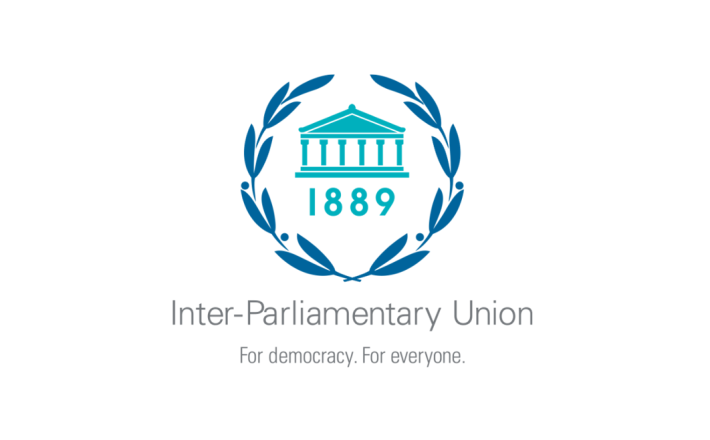Side Event at CSW 62 on gender and youth quotas: Complementary or in competition?
Both women’s and youth representation are key to the implementation of Sustainable Development Goal 16 and the promotion of democracy through inclusive institutions and societies.
IPU data show that the proportion of women in parliament is stagnating at 23 per cent with very little progress achieved in the last year (0.1 percentage point only). In 2016, the percentage of youth in parliament stood at 26 per cent of MPs under 45, 12 per cent of MPs under 40 and less than 2 per cent of MPs under 30. In all age categories, the proportion of male MPs is higher than those of women MPs. Young women are clearly facing double discrimination based on sex and age and are among the least represented in parliament.
IPU research found correlations between women and youth representation in parliament. The countries with the greatest share of parliamentarians under 30, such as Ecuador, Finland, Norway and Sweden, are also among those with the highest level of women’s representatives (43.6%, 41.6%, 41.5%, and 39.5%, in 2016 respectively). At the other end of the spectrum, countries with few or no women parliamentarians, such as the Pacific Islands States, have no or only very few young parliamentarians.
For both women and youth, proportional representation (PR) systems are more conducive to being elected, in particular when coupled with quotas. Women continue to be elected in greater numbers under PR systems combined with a legislated candidate quota. The same applies to youth representation although quotas for youth are used only rarely. Interestingly, where youth quotas are used, they occur together with gender quotas. It is hence safe to say that gender quotas paved the way for more diversity in parliament and continue to do so.
This begs questions that the side event will explore, among other:
- What lessons can be drawn from the implementation of the tandem gender and youth quotas?
- How can youth quotas support gender equality in the composition of parliament?
- What is needed to enhance young women’s participation in parliament and in politics?
UN Generalk Assembly Building, Conference Room D

UN Generalk Assembly Building, Conference Room D